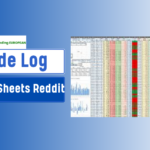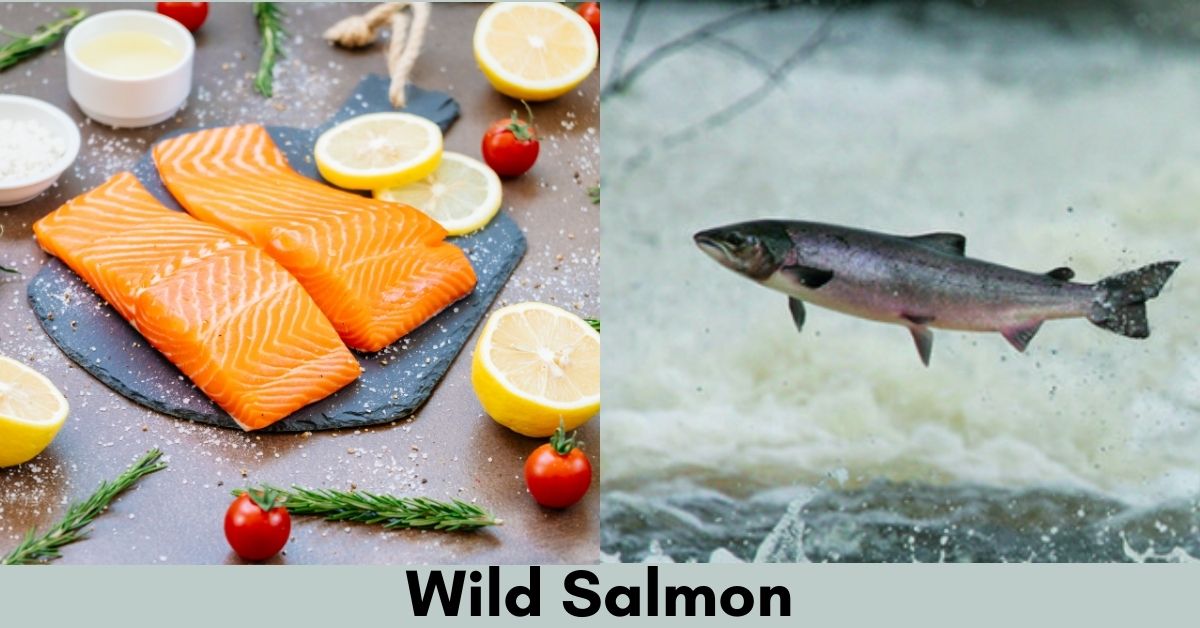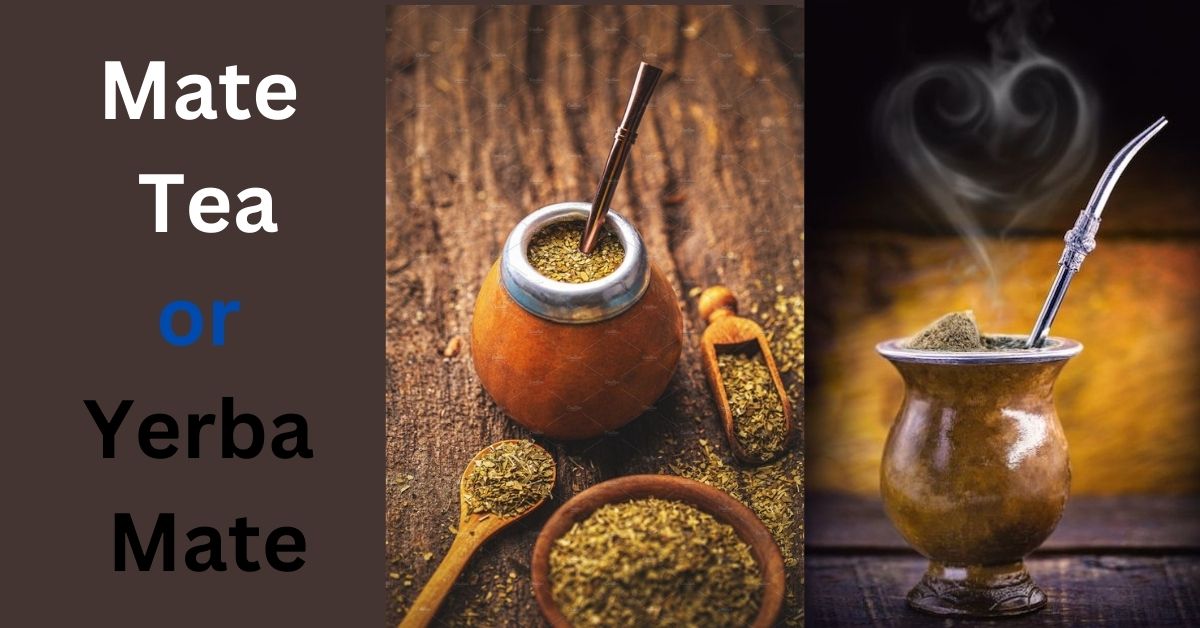Wild salmon are fish found in their natural habitats, unlike farmed salmon which are bred in controlled environments. Rich in flavor and packed with health advantages, wild salmon is a favorite among many. This article examines the advantages of wild salmon, its nutritional value, and how to include it in your diet.
What is Wild Salmon?
Salmon species that reproduce and dwell in the wild are known as wild salmon. For reproduction, they move from the ocean to freshwater rivers. Wild salmon, as opposed to farmed salmon, grows in their natural habitat, which frequently yields better flavor and texture. They consist of eckeye, coho, and chinook salmon.
Health Benefits of Wild Salmon
Salmon from the wild is nutrient-dense. They are a great source of high-quality protein, which is necessary for the development and repair of muscles. Furthermore, omega-3 fatty acids, which are good for the heart, are abundant in wild salmon. These fats have the ability to lessen inflammation and the chance of developing chronic illnesses.
Nutritional Value of Wild Salmon
Wild salmon has a good supply of vitamins and minerals per serving. It has a lot of B vitamins, which aid in the synthesis of energy, and vitamin D, which promotes bone health. Minerals essential to general health, such as potassium and selenium, are also found in wild salmon.
Taste and Texture
Compared to farmed salmon, wild salmon is renowned for having a stronger, more distinctive flavor. Many individuals appreciate the harder, less fatty feel of this product. The distinct flavor and texture of wild salmon are influenced by their natural diet, which consists primarily of smaller fish and insects.
Environmental Impact
Selecting wild salmon rather than farmed salmon is better for the environment. While farmed salmon can have a bigger environmental impact due to concerns like habitat degradation and pollution, wild salmon populations are controlled to guarantee sustainability. Encouraging wild salmon contributes to the improvement of ecosystems.
How to Cook Wild Salmon
Wild salmon cooks easily and in a variety of ways. You can pan-sear, bake, grill, or broil it. The tougher texture of wild salmon makes it adaptable to a wide range of cooking techniques. It is frequently advised to cook it with little to no spice in order to bring out the natural flavor.
Buying Wild Salmon
Make sure the wild salmon you purchase is high-quality and fresh. Verify the presence of firm flesh, brilliant red gills, and clear eyes. Purchasing wild salmon from regional fisheries or reliable vendors will help guarantee that the product is genuine. Steer clear of fish that seems discolored or has an extremely fishy scent.
Conclusion
A tasty and nutritious option for anyone trying to get healthier is wild salmon. Their superb taste, together with their health benefits and favorable environmental impact, make them a great addition to your meals. Selecting wild salmon not only promotes sustainable practices but also improves your health.
FAQs
What is the difference between wild and farmed salmon?
Wild salmon live and reproduce in their natural environment, while farmed salmon are raised in controlled conditions. Wild salmon generally have better flavor and texture.
What are the health benefits of eating wild salmon?
Wild salmon are high in protein and omega-3 fatty acids, which are good for heart health and reducing inflammation. They also provide essential vitamins and minerals.
How can I tell if salmon is wild?
Wild salmon usually have a firmer texture and richer flavor than farmed salmon. Look for labels or ask your fishmonger about the source of the salmon.
What is the best way to cook wild salmon?
Wild salmon can be grilled, baked, broiled, or pan-seared. It’s best to use minimal seasoning to highlight its natural flavor.
Is wild salmon sustainable?
Wild salmon are generally managed sustainably, which helps protect their natural habitats and ensures that their populations remain healthy.











